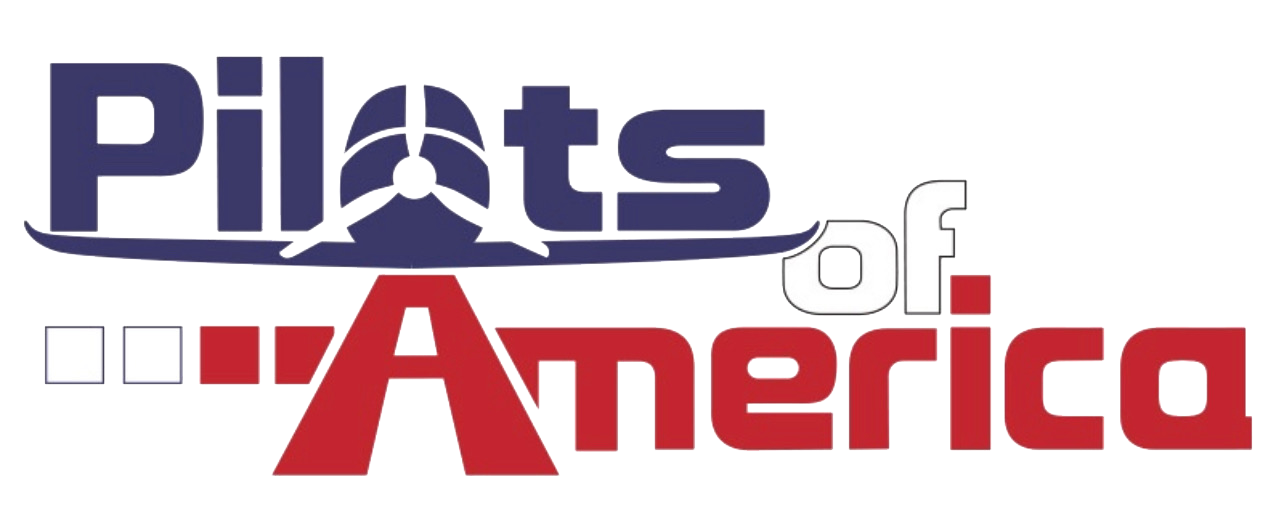Look at this:
See the angle of those vanes with respect to the rotational axis? They're not unidirectional and haven't been for a long time. The pump model numbers have CW or CCW in them to indicate the rotation, which also indicates the slant of those vanes.
See how that vane at the 7 o'clock position pretty much fills the slot when retracted? That pump has few hours on it. When it wears to the point where it's short enough to cock and jam in the slot if the pump is turned backward, it will break the carbon rotor. If the rotor doesn't break, the plastic drive coupling will shear. The old straight-vane pumps will break their drives, too, not lock the engine.
If you break it by turning the propeller backwards, it was long past its best-before date.
Long past. Rapco and Tempest pumps all have vane wear inspection provisions top tell you when to replace that pump. Buy one and get it inspected when they tell you to and you will never have pump failures unless you fly 30 hours a year and let that plastic drive coupling get old. It has a six-year recommended replacement. I don't know why anyone would buy a pump that doesn't have the vane wear inspection port, but people do.
Edit: that pump in the picture above turns clockwise as seen from the camera. This minimizes the cocking forces on the vanes during normal rotation, but also increases them if turned backward. And that prop can turn backward if the engine kicks back, or as the prop stops it sometimes rocks back and forth a bit, and when a mechanic checks compression or sets the mag timing he's moving the prop both ways. Like I say, if it breaks when you turned it backwards, it was shot anyway and one should be glad it failed on the ground and not in flight at night or in IMC.



